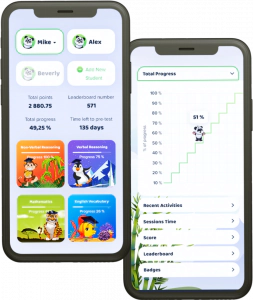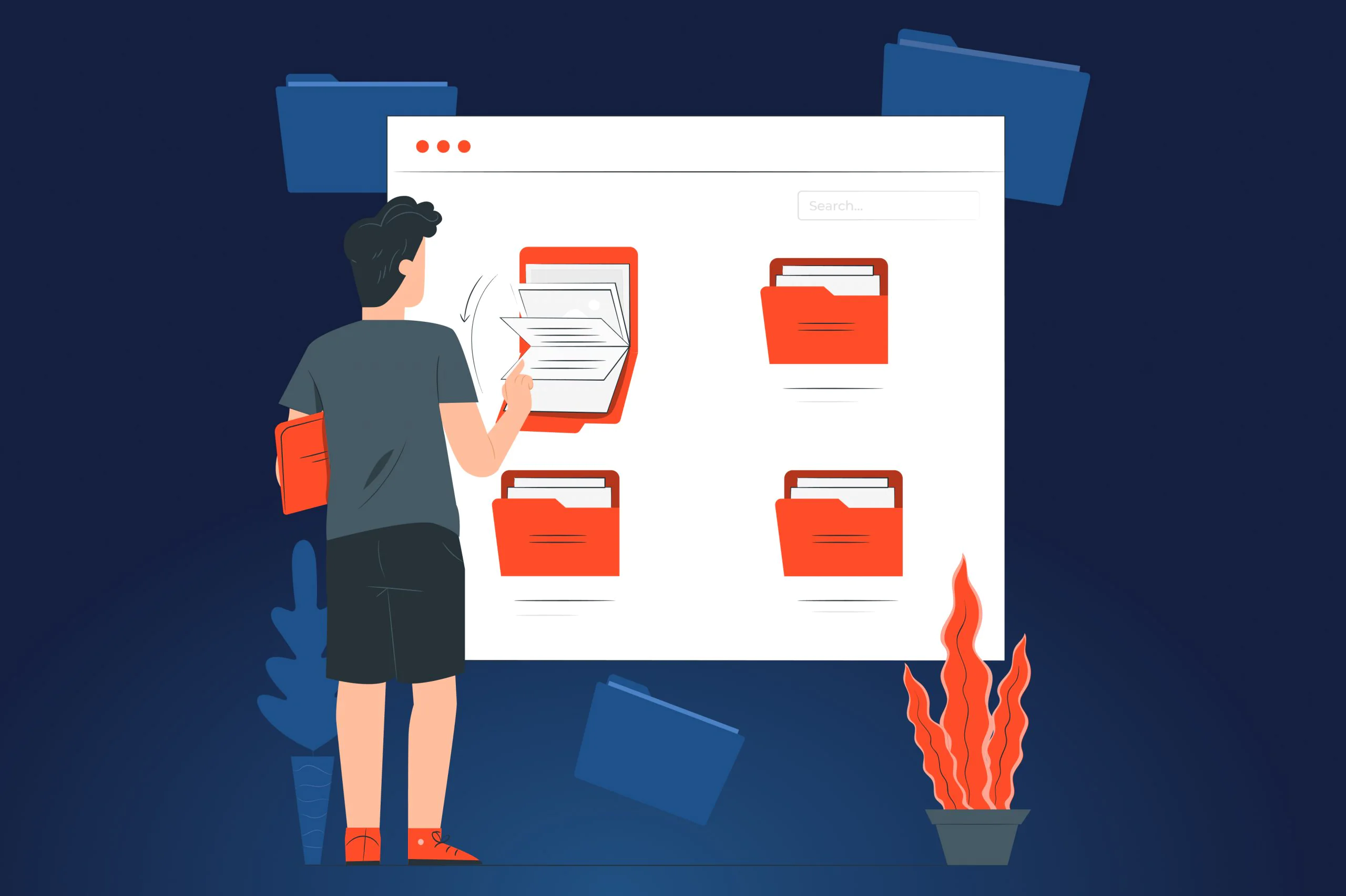Having a pet is just like running a Software-as-a-Service (SaaS) startup. You enjoy it while people around get excited. But similar to having a pet, starting a SaaS business doesn’t come without challenges. The good news is that most pets survive even with somewhat careless owners, but the bad news is — SaaS companies don’t.
According to Exploding Topics, 90% of SaaS companies fail within the first 2 to 5 years. That’s why you need to take care of your SaaS business as if it is your beloved cat or dog (or whatever animal you have at home). But of course, dealing with SaaS development challenges isn’t the same thing as teaching your beloved little one not to pee on the carpet or bark at night. If you have problems with the latter, go watch Cesar Millan, and as for dealing with SaaS trickeries — JatApp is here for you.
In this article, we will share with you some of our experience in resolving the most common challenges startups face during SaaS product development. Our company has been developing software solutions for various businesses since 2015, so we have a lot to tell you!
The most common challenges you may face during SaaS development
The following list includes the most common SaaS development challenges, but it doesn’t necessarily mean you’ll face all of them. Still, nobody knows for sure where their SaaS company will pivot to, so better be prepared than sorry.
Lack of computing and production capacity
SaaS applications usually follow a multi-tenant architecture. This type of architecture enables multiple tenants (users) to have access to the same computing resources, infrastructure, and databases.
Multi-tenancy is an optimal solution for SaaS products, once companies spend much less resources on maintenance of the relatable infrastructure. But when a SaaS app has to process requests from way too many users, it can have downtimes as thousands of users perform the same actions within a commonly shared cloud environment.
To make your SaaS product resilient to such workloads, which will surely happen as soon as your solution gains enough users, you should include a development and operations (DevOps) engineer in your team. DevOps engineers are responsible for maintenance of development, testing, and deployment environments of your SaaS, thereby ensuring that your product has enough capacity to process the maximal workload.
On a side note, we would like to mention that relatable testing of your SaaS app is necessary, too. Writing specific test cases for testing the system’s overload is a must if you want to resolve the computing capacity challenge with a little hassle.
Apart from keeping computing capacity at the optimal level, your company should demonstrate an impressive productivity by making frequent updates. Coming up with the ideas for the next release is not that challenging as its implementation: your team has to design, code, test, and deploy the product’s update.
In this case, DevOps philosophy also comes in handy. DevOps engineers are responsible for setting a continuous integration/continuous delivery (CI/CD) pipeline that enables frequent and fast releases.
Development, testing, and deployment take place in separate repositories, which means you can release updates as soon as your software engineers write code for new features. In such a way, SaaS application development never stops: while the new update is released, the next one is already on its way to the users’ devices!
Scaling
A continuous growth is an inherent attribute of SaaS business. Even though scaling your product sounds like a sweet spot in the history of your company, making SaaS leapfrog to the next level of user value can be difficult.
We are not talking about challenges related to coming up with the ideas for growth, as ways of scaling a SaaS product differ for each type of business. Instead, we would like to show you two our personal cases with challenges that may happen to any SaaS company.
The first challenge relates to the case of Cunio, a real estate communication platform that connects tenants, landlords, and service providers to make property management activities timely and efficient. The company intended to scale its SaaS software by adding a large part of functionality focused on notifications of different user groups.
Here’s where our client encountered a challenge: adding entirely new functions meant a serious interference with the multi-platform ecosystem of the product. The platform involves a user-facing web application, native Android and iOS apps, and a shared backend. Our client needed to add SMS, email, and push notifications to their system without affecting the rest of the platform.
The JatApp team offered to develop new notification features with microservices architecture. This type of architecture approaches each feature as a separate microservice coded in an individual container. All microservices communicate with each other via HTTP protocol and can be developed independently from each other.
By employing microservices architecture our team helped the client to scale their property management solution without amending the core infrastructure of the product and leaving the room for future scaling. The company’s CEO, Erik Boska, commented on how the challenge was resolved:
“After launching the microservices we were way more flexible in enhancing our SaaS solution with new features. The “handshake” between microservice and already existing software was very efficient”.
Another challenge that many SaaS companies have to deal with during scaling their products is doubts and second thoughts about what direction to take. Such a trap usually lies down the road of companies that pioneer a new solution, and there is no established market that could show where the wind blows.
JatApp’s client, a facility management platform, appeared in such situations many times, but effective communication handled by our project management is the key to the resolution of this challenge.
The company’s owners had to change the scope of the new functionality just half way through the development process, since new ideas and customer feedback emerged. Here’s how our project manager describes the challenge and the way of its resolution:
“The client came to us with the unique product idea, there were no competitors thus far, so we had to change the requirements on the go. Changing the requirements is okay, especially for such an innovative product, but communication and trying your best to understand the client are the solution”.
What does it mean for you? If you’re going to scale your SaaS system and then decide to change the requirements all of a sudden, it is totally fine, but you must ensure that everyone in your team understands when and how they need to make changes to the project’s scope. Change management is an integral part of the Agile software development that is the blood running through the veins of any SaaS. To learn more about change management, feel free to hop on our dedicated article.
Barriers to infrastructure and security setup
Any SaaS company finds it troubling to set up the whole infrastructure, especially when it’s necessary to migrate a legacy solution to the cloud. In the case of our client, an electric vehicle charging stations monitoring platform, the situation was even worse: they had to transition paperwork data to their SaaS system for internal use.
Here’s what the JatApp’s project manager says in this regard:
“The main problem was to turn data written on the paper into a digital format, and it has to be safe enough. To solve this problem we involved our DevOps engineer to create Amazon Web Services (AWS) cloud-based storage and set up the network’s firewall. In addition to building infrastructure for secure database, development, testing, and deployment, we created an admin panel for making new data entries”.
Oh well, DevOps witchcraft came into play again. If you have a similar challenge, you just need to hire a skilled DevOps wizard engineer in your team.
Spaghetti code
Spaghetti code is nothing else but an unnecessarily complicated software code that becomes harder and harder to read with each update. As a result, features start conflicting or working improperly, and your SaaS product turns into a flying spaghetti monster.
We don’t have anything against pastafarianism, but spaghetti code is a challenge that many SaaS companies need to cope with, especially when they have successfully released several significant updates of their product.
There are two major recommendations: lightweight frameworks and regular unit and integration tests. As for frameworks, the JatApp team uses PHP Laravel for back-end development and Vue.JS for front-end development. We use these frameworks because they are easy to maintain and contain optimized strings of code that won’t overlap with each other.
Speaking about unit testing, you should ensure that your quality assurance (QA) team keeps improving their unit test cases. Your QA engineers have to review these test cases with every new update of your SaaS product.
Integrations with external environments
It’s obvious that your target audience doesn’t solely use your SaaS product, as there are many relatable solutions that users need to kill their daily pains and get jobs done. For that reason, SaaS companies look for ways to improve the user experience of their customers by making their product cooperate with other SaaS solutions. Linking dozens if not hundreds of other software products is obviously a heavy lift for any startup.
However, you don’t have to actually deal with that hefty task for decades, as application programming interfaces (APIs) will do it for you. APIs connect the backend with the frontend, which is why you can link your SaaS product to backends of other software solutions. Slack is perhaps the best example of SaaS that connects with numerous services, products, and platforms.
If you have an idea of how you can integrate your SaaS with other solutions, you just need to partner with a reputable company and task your team to develop a proper API, in case there is none.
Aside from SaaS integration challenges related to third-party services, making your SaaS product work with its own hardware is another hurdle. Many SaaS companies nod towards development of Internet-of-Things (IoT) solutions, so we would like to share with you our experience in dealing with IoT hardware-related problems.
JatApp is currently working with a SaaS company that provides an autonomous power bank sharing platform. After several releases, the product’s hardware stopped responding properly.
JatApp’s PHP Laravel developer reflects on the situation:
“Everything has been going well for months, but every new release means stepping on unknown ground. I decided that we had to look for the problem’s origin in the core logic of the product first and then check the other dark corners of the architecture. I was right, it was necessary to rewrite the system’s backend which we could do fast enough. Big shout out to microservices!”.
Payment integrations
We’ve just covered integrations of your SaaS with other products, but embedding payments systems into your solution is a more complicated challenge since you have to deal with banking infrastructure. And here, it can be safely said that SaaS companies struggle with making payment as seamless as possible to ensure retention of their customers.
When a user needs to process a payment, they’re usually referred to a third-party banking service where they have to enter their credit card credentials. It creates a serious roadblock to customer conversion and retention, as 69.8% of online payments are left uninitiated at the stage of the checkout.
SaaS companies see this challenge not only as a problem, but also as an opportunity, once integrated payments increase checkout-to-order rate by 1.72 times in comparison with payments processed with the referral to a third-party banking service. Taking this opportunity is becoming a huge trend amongst SaaS businesses, which is why our team decided to research the issue deep enough to provide you with a separate article about it. Stay tuned to not miss it!
Okay, integration of payments with your SaaS is a good way to make a sharp rise in the satisfaction of your customers, but what should you do exactly? We recommend you to follow an example of our client that came with a request to develop a payment gateway for making transactions fast and cheap within the ecosystem of the company’s SaaS products.
Relying on third-party services is quite expensive and not secure enough. Building your own payment solution makes your SaaS more user-friendly while you cut costs on third-party and transaction’s commission fees.
Customization
When you have different customer groups with various needs, the issue of your SaaS customization for these groups (or even a particular client) becomes a challenge, since you have to develop different versions of your product. Our client, Brandon Learning Centre, turned to JatApp with a need to develop and customize an e-learning platform for Chinese schoolchildren who plan to enter top schools in the United Kingdom.
Our project manager describes the resolution of the challenge:
“Such edtech products are common at the market, but we had to customize the platform according to the business needs of our client. Thanks to a profound business analysis and active participation of a user interface/user experience (UI/UX) designer, we came up with the concept of a SaaS product that is easy-to-use and helpful to schoolchildren”.
Today, 100% of students using the platform receive at least one interview invitation from the most prestigious UK schools.
With JatApp you won’t have to deal with any challenges
The list of challenges in SaaS implementation we’ve described isn’t exhaustive. You should be prepared for unexpected barriers on your way to success. Our company is always ready to assist you with any SaaS development challenges you may face and provide you with a team of skilled tech talents.
JatApp is one of the top software development services in Ukraine. We have successfully completed 200+ projects of a different scale. You can expect us to provide you with a robust SaaS product that will meet your business goals.
Get in touch with us to learn more about how we work. We’ll get back to you as soon as possible.



















